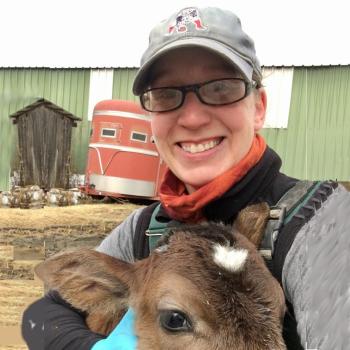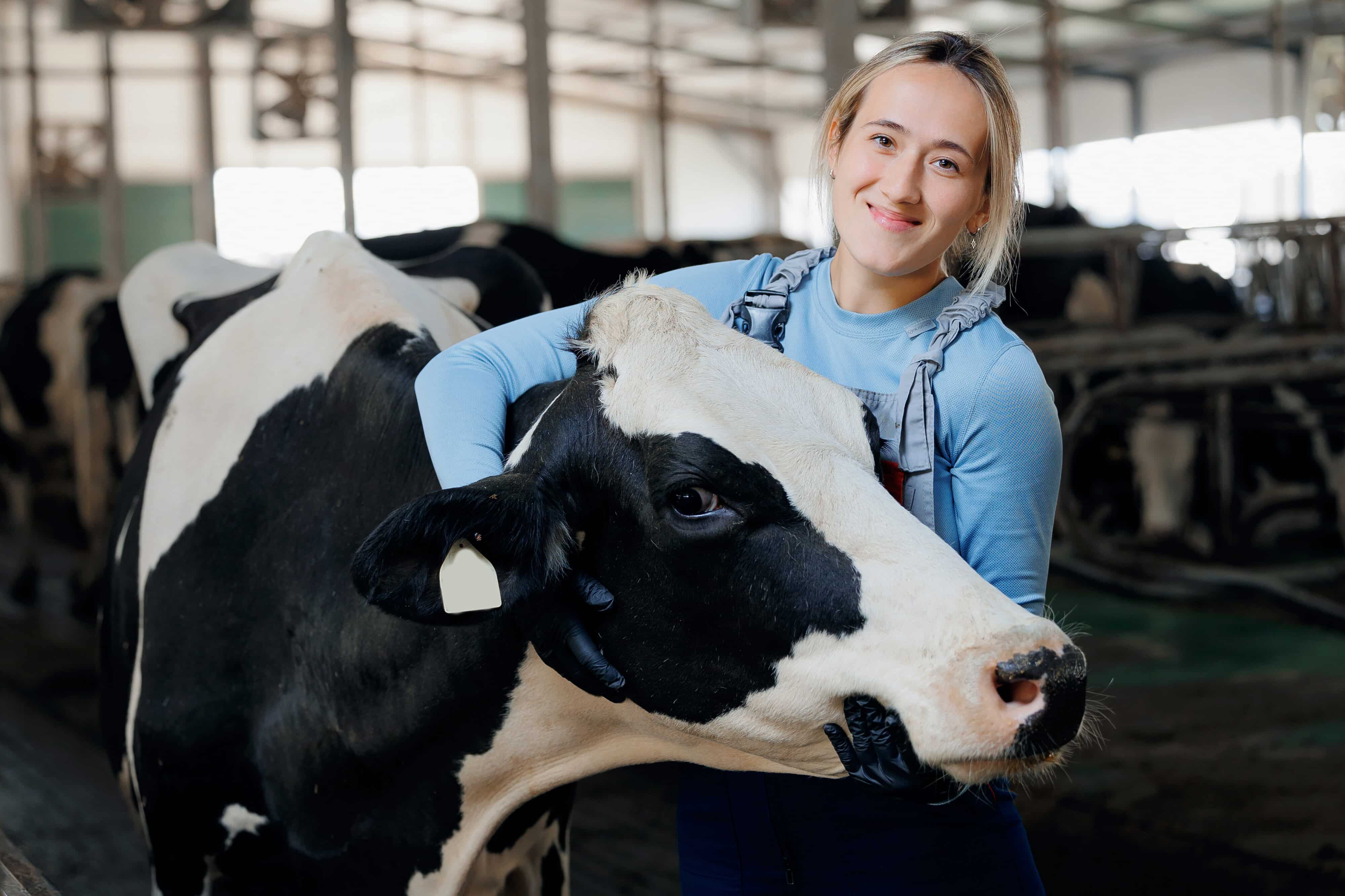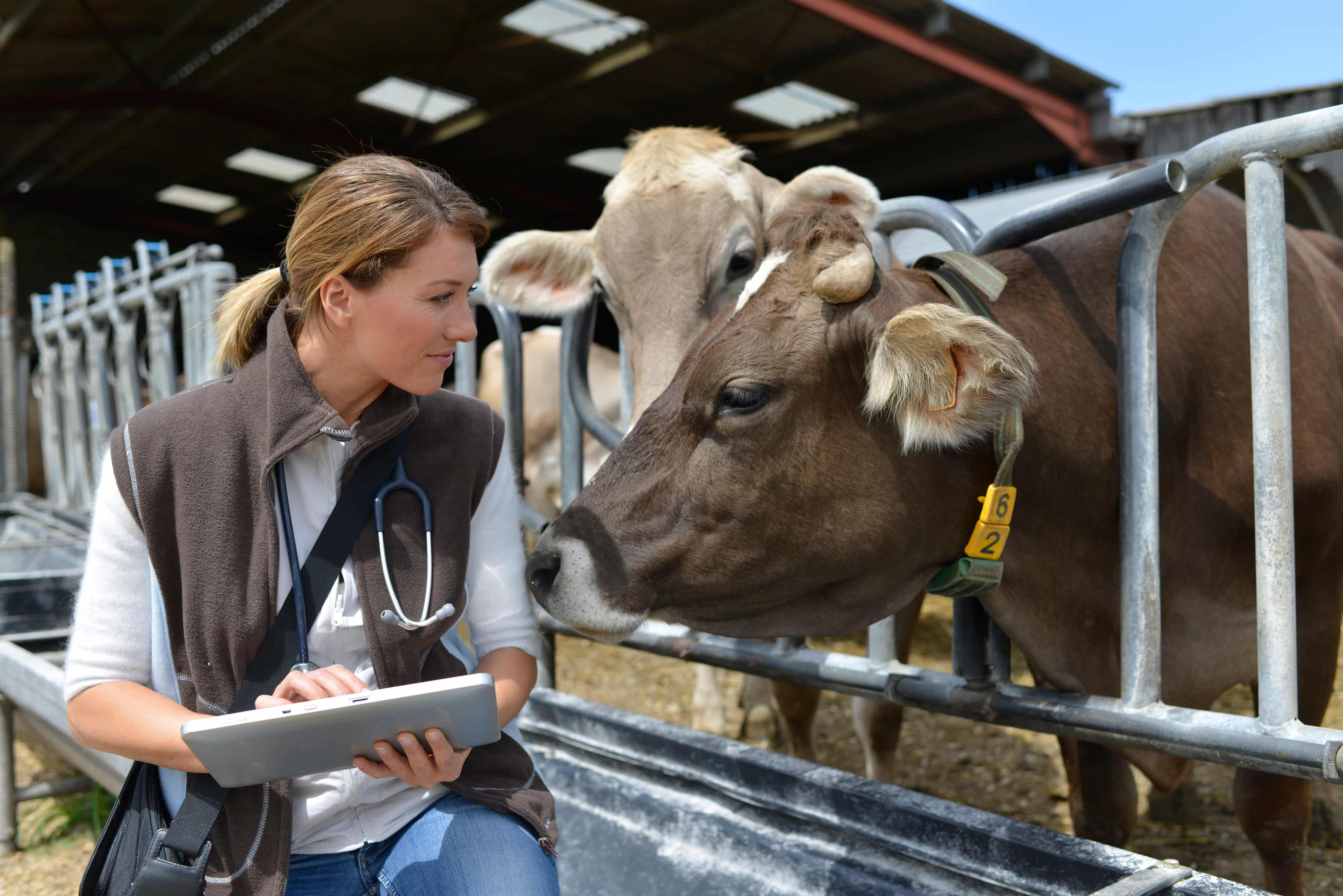When a high-producing dairy cow gives birth to a calf, her energy demands surge, and her appetite often can’t keep up. The result? Negative energy balance and a condition every veterinary student must know cold: bovine ketosis.
Whether primary or secondary, ketosis is more than a metabolic footnote. Left unchecked, it can lead to displaced abomasum (DA), immune suppression, and decreased fertility.
Let’s break down how to catch it early, treat it effectively, and prevent it from tanking your herd’s productivity or your NAVLE® score.
What Is Bovine Ketosis?
Ketosis occurs when cows, especially in the first 3 to 6 weeks postpartum, mobilize fat faster than the liver can convert it into usable glucose. This overflow produces ketone bodies (like beta-hydroxybutyrate, or BHB) that accumulate in the blood and urine.
There are 2 key types:
- Primary ketosis: Driven by poor feed intake or high milk output
- Secondary ketosis: Triggered by another disease that suppresses appetite, like metritis or left-displaced abomasum (LDA)
Risk is highest in:
- Over-conditioned cows at calving
- Multiparous cows
- Herds with poor transition nutrition
Clinical Signs to Watch For
Unlike obvious, acutely sick animals, cows with clinical ketosis often initially fly under the radar.
Common clinical signs include:
- Dull or lethargic demeanor
- Reduced dry matter intake
- Drop in milk production
- Mild dehydration
- “Sweet” or acetone-like breath (in advanced cases)
In a classic case, a recently fresh cow with ketosis can show these clinical signs, all of which may also precede the diagnosis of other problems, like LDA, for example. Test blood BHB on every cow with this pattern of signs to avoid missing cases.
Bottom line: ketosis might not shout, but it whispers persistently. Tune into the pattern.
Diagnosing Ketosis in Cows
Early diagnosis is critical to prevent complications. Two primary tools:
- Blood BHB meter
- Normal: <1.2 mmol/L
- Subclinical ketosis: 1.2–3.0 mmol/L
- Clinical ketosis: >3.0 mmol/L
- Urine ketone test strips
- Fast, affordable, but less precise than blood
Also assess:
- Appetite and rumen activity
- Signs of concurrent conditions (e.g., DA, metritis)
- Bloodwork for hypocalcemia, hypokalemia, and alkalosis, which often coexist
Treatment and Nutritional Support for Ketosis
Once diagnosed, early intervention can turn things around fast.
Key treatment components:
- Oral propylene glycol (300–500 mL daily for 3–5 days): provides a glucose precursor for liver metabolism
- Calcium supplementation: oral or subQ calcium is typically warranted, and, if there is clear evidence of hypocalcemia (especially in sluggish or cold cows), give slow IV calcium borogluconate
- Potassium support: use KCl boluses or drenches for cows off feed (they quickly become hypokalemic)
- Access to high quality, palatable forage
Prevention Through Nutrition and Monitoring
Preventing clinical ketosis begins before calving.
Dry cow nutrition goals:
- Avoid over-conditioning
- Balance dietary cation-anion difference (DCAD)
- Promote consistent feed intake
Transition strategies:
- Introduce lactation diets gradually
- Monitor cows using wearable rumination technology
- Keep detailed records to spot patterns and intervene early
If more than 15–20% of fresh cows are testing positive for subclinical ketosis, it is time to audit the herd’s transition protocols.
Tune Into the Subtle Signs
Ketosis isn’t always obvious. But vet students and new grads who learn to recognize its early signs, especially when paired with post-partum risks (e.g., LDA, retained placenta, metritis, mastitis), will be miles ahead in both herd management and boards prep.
Remember:
- Know the risk windows
- Use cow-side diagnostics
- Treat early and proactively
- Be proactive with nutrition




